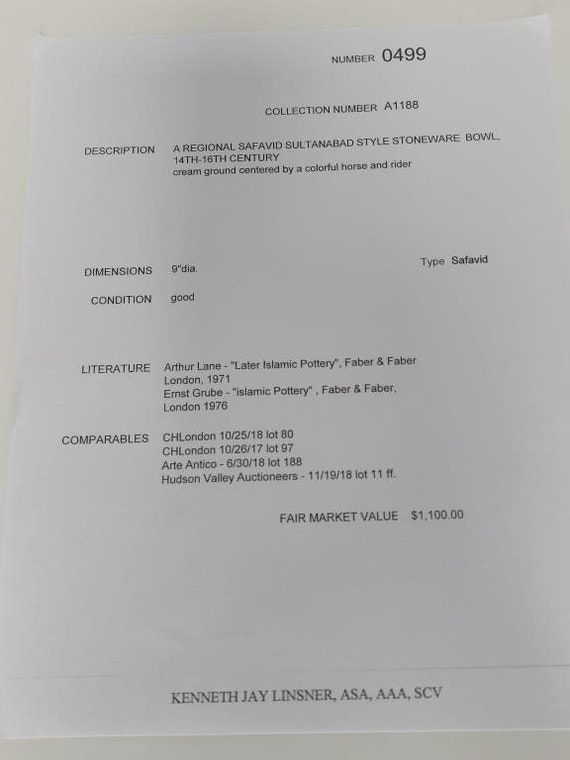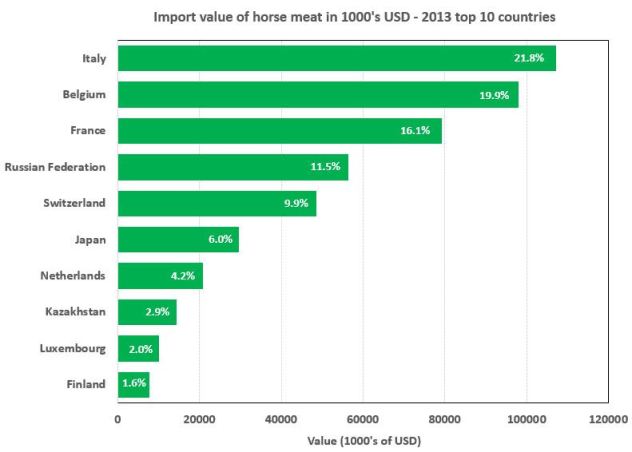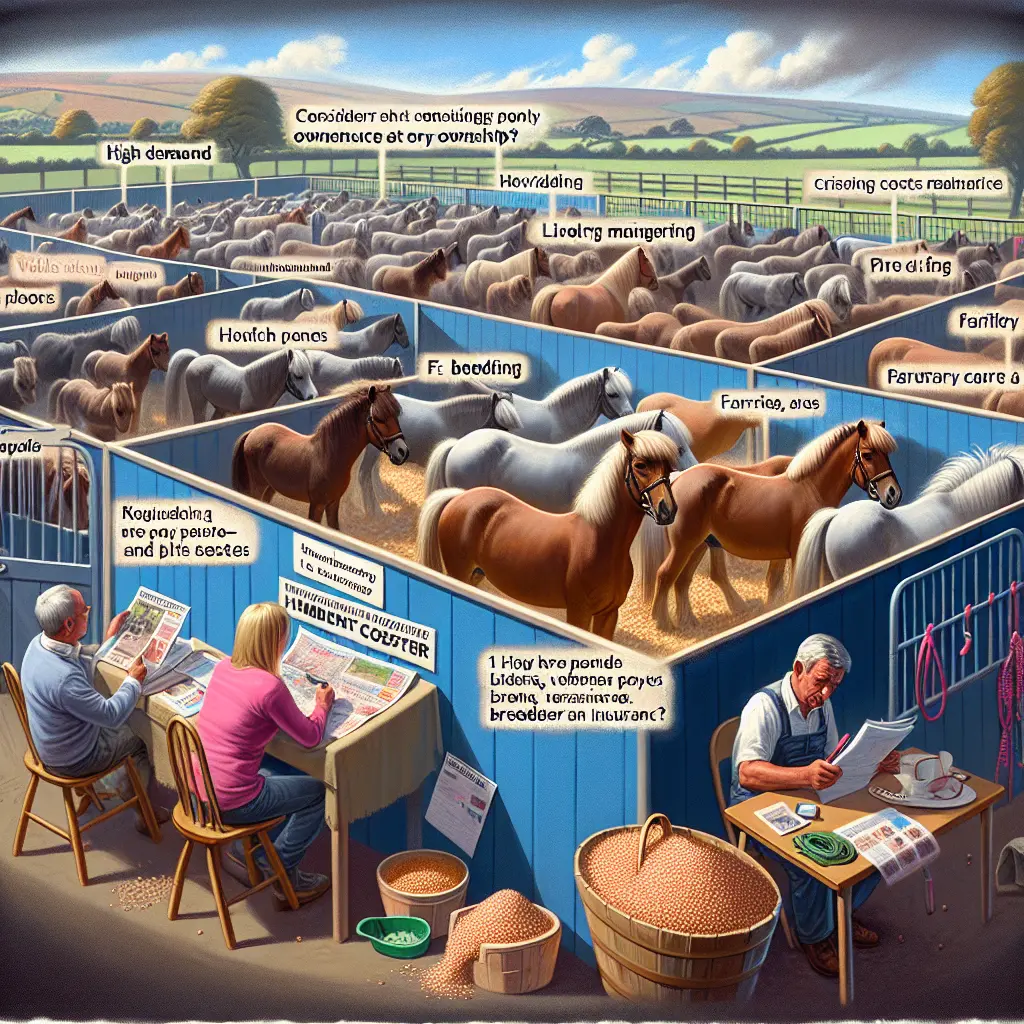Regional Differences in Horse Market Values

Understanding the variations in horse market values across different regions is essential for buyers, sellers, and enthusiasts. These differences are influenced by a variety of factors including economic conditions, local demand, breed popularity, and cultural significance.
Factors Influencing Regional Horse Market Values

Economic Conditions

Economic prosperity in a region directly affects the disposable income of potential buyers, which in turn influences horse prices. Wealthier areas tend to have higher market values due to greater demand and willingness to invest in quality horses.
Local Demand and Supply
Regions with a strong equestrian culture or specific horse-related industries (such as racing, breeding, or workhorses) often see higher demand, which drives up prices. Conversely, areas with less interest or fewer buyers may have lower market values.
Breed Popularity
Certain breeds are more popular in specific regions due to climate suitability, tradition, or local preferences. For example, Quarter Horses may be more valued in the American West, while Thoroughbreds might command higher prices in regions focused on racing.
Cultural Significance
In some regions, horses hold cultural or historical importance, which can elevate their market value. Traditional events, festivals, or local customs involving horses can create niche markets with unique pricing dynamics.
Examples of Regional Markets
| Region | Key Characteristics | Impact on Market Value |
|---|---|---|
| North America | Diverse breeds, strong racing scene | High values for racehorses and ranch horses |
| Europe | Emphasis on sport horses and dressage | Premium prices for warmbloods and show jumpers |
| Middle East | Arabian horse prominence | Elevated prices due to breed prestige and demand |
| Australia | Focus on stock horses and endurance | Moderate to high values depending on use |
Impact on Buyers and Sellers
- Buyers need to consider regional price variations when purchasing horses, especially if importing or exporting.
- Sellers can optimize their sales strategy by targeting regions where their horses’ breed or skills are in higher demand.
Frequently Asked Questions (FAQ)
Q1: Why do horse prices vary so much between regions?
A1: Prices vary due to differences in economic conditions, local demand, breed popularity, and cultural factors.
Q2: How can I find the best market for selling my horse?
A2: Research regional demand for your horse’s breed and discipline, and consider markets where buyers have higher purchasing power.
Q3: Are there risks in buying horses from different regions?
A3: Yes, including transportation costs, quarantine regulations, and adapting to different climates or training styles.
By understanding these regional differences, stakeholders can make more informed decisions and navigate the horse market more effectively.
